Shunning the normal tourist route that visits Nha Trang, an old fishing port that has developed into a purpose built tourist resort on the sea, we head for Dalat in the central highlands. What a contrast this place is to other towns we have visited in Vietnam! First off it is cool. Helped by an elevation of 1,500 metres, the temperature is more like 28c than 38c and the humidity is comfortable. Second, there are no rice fields up here being too cool to grow Asia’s staple. Instead, there are fields of soft fruit such as strawberries, vegetables such as tomatoes and endless plastic hothouses growing flowers such as roses. The rolling hills are lined with pine trees, grasses and low vegetation. Large farms of coffee bushes and grape growers dominate areas of the countryside and anyone could be forgiven for thinking they were somewhere other than in Asia.
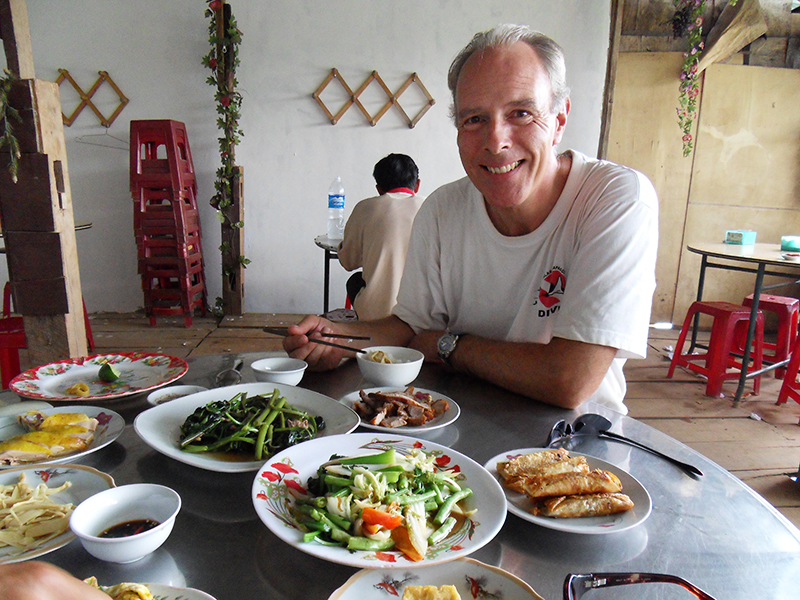 Dalat is off the trail and prides itself on its bohemian and contraire spirit. There are many restaurants with a western twist to the Vietnamese food and plenty of art shops and students selling their paintings on the street. The town is dotted with French colonial villas instead of squat, functional communist architecture and, although of course everyone is a communist, the town’s people are busy learning to improve their lot through hard work and enterprise.
Dalat is off the trail and prides itself on its bohemian and contraire spirit. There are many restaurants with a western twist to the Vietnamese food and plenty of art shops and students selling their paintings on the street. The town is dotted with French colonial villas instead of squat, functional communist architecture and, although of course everyone is a communist, the town’s people are busy learning to improve their lot through hard work and enterprise.
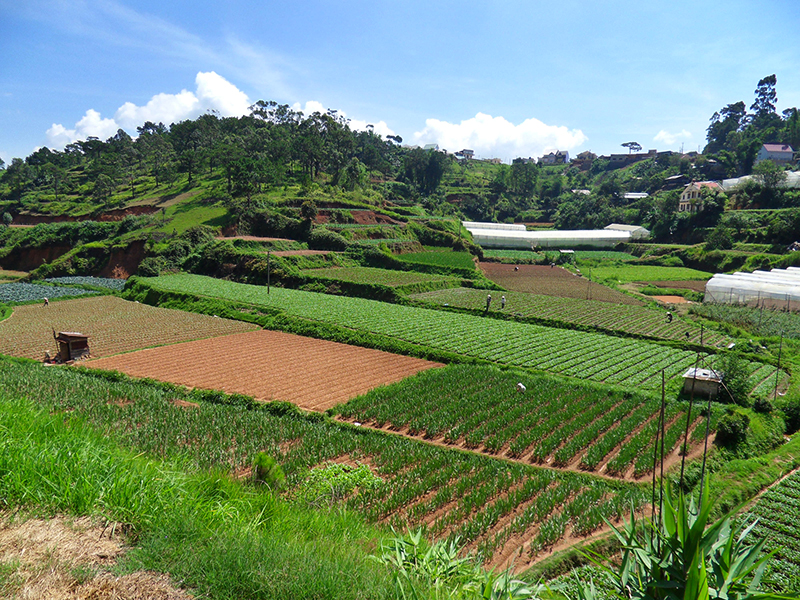 The fact that the surrounding countryside is arable and the lakes, waterfalls and forests readily accessible, is down to the liberal use of napalm by the American forces during the war. The area became instantly cleared of impenetrable jungle with the resulting burnt vegetation enriching the soil. Dalat is not far from the Cambodian border and the Ho Chi Minh trail winds its way around the hills and mountains. This is the supply route that the North Vietnamese Viet Cong used in an effort to avoid the attentions of their US enemy who were intent on clearing the area as thoroughly as possible.
The fact that the surrounding countryside is arable and the lakes, waterfalls and forests readily accessible, is down to the liberal use of napalm by the American forces during the war. The area became instantly cleared of impenetrable jungle with the resulting burnt vegetation enriching the soil. Dalat is not far from the Cambodian border and the Ho Chi Minh trail winds its way around the hills and mountains. This is the supply route that the North Vietnamese Viet Cong used in an effort to avoid the attentions of their US enemy who were intent on clearing the area as thoroughly as possible.
We hired bikes again to get around and see the countryside. Our guide, a very knowledgeable man called Joseph, came from an outfit called Easy Rider but any comparison to the classic American film stopped abruptly when a 60kg, clean shaven, well dressed man turned up on a 125cc motorbike! We were given another 125cc bike that had automatic gears that was sufficiently gutless going uphill with the two of us on its back that I thought, on several occasions, that we would judder to a halt. However, although we almost lost Joseph on several uphill climbs, the bike managed to keep going somehow and Debbie was not obliged to get off and walk.
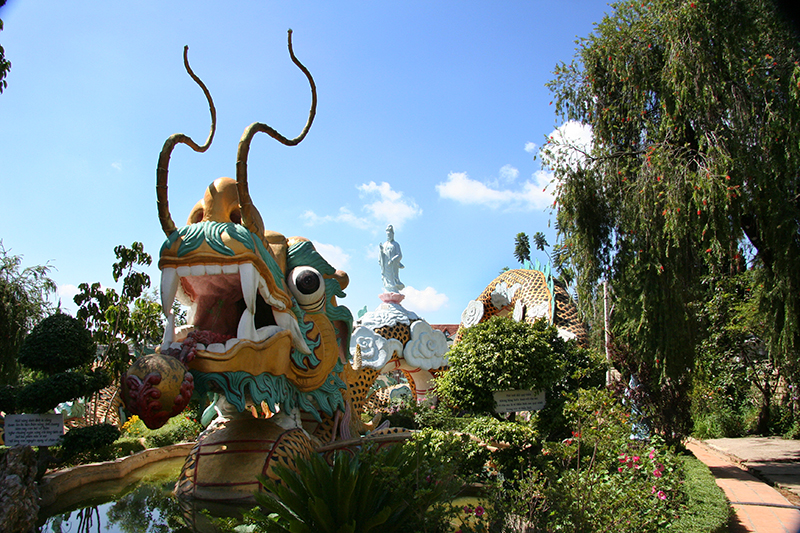 Our first stop was at a temple called the Linh Quang Pagoda, a Buddhist shrine where a question that had been bothering me for several weeks was finally answered. I had wondered about the use by Buddhists of the symbol that was exactly the same as the Nazi swastika and, at last, I discovered that it is a symbol of the doctrine of reincarnation. The four points of the symbol representing birth, old age, sickness and death. A sixteen point wheel is also used to symbolize the same doctrine. The Buddhists believe that the better someone lives their present life, the more likely they are to return as a human in their next life. And if they are very good, they will return rich and wealthy in a position of respected power. If someone does not live their life well, they will return as a lower being, such as a buffalo, and have to live well to have a chance to improve their lot next time around. I thought about how well I had lived my own life and decided that I was glad I am not a Buddhist.
Our first stop was at a temple called the Linh Quang Pagoda, a Buddhist shrine where a question that had been bothering me for several weeks was finally answered. I had wondered about the use by Buddhists of the symbol that was exactly the same as the Nazi swastika and, at last, I discovered that it is a symbol of the doctrine of reincarnation. The four points of the symbol representing birth, old age, sickness and death. A sixteen point wheel is also used to symbolize the same doctrine. The Buddhists believe that the better someone lives their present life, the more likely they are to return as a human in their next life. And if they are very good, they will return rich and wealthy in a position of respected power. If someone does not live their life well, they will return as a lower being, such as a buffalo, and have to live well to have a chance to improve their lot next time around. I thought about how well I had lived my own life and decided that I was glad I am not a Buddhist.
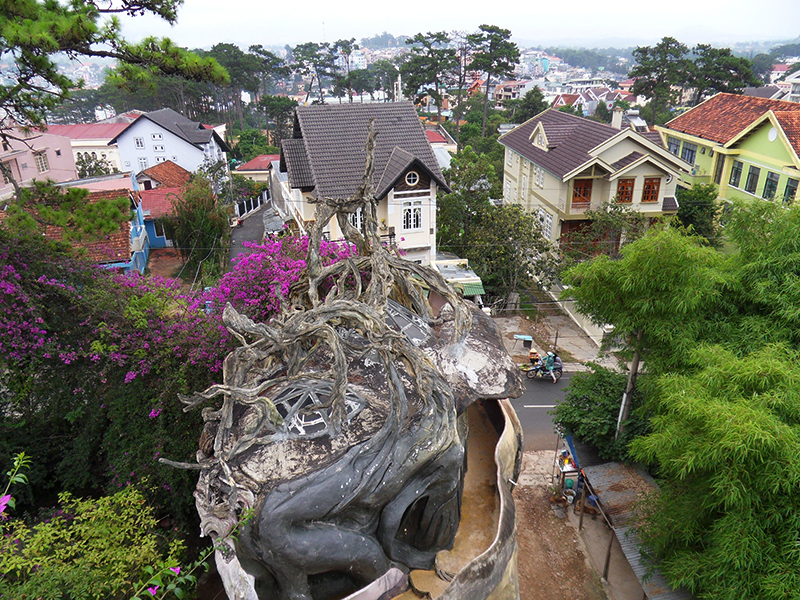 We left town and headed out into the verdant green countryside. Everywhere fields were being worked: tilling, planting, and cropping in well-managed and good-looking small fields. Unlike the rice which is owned by the state, the crops here belong to the local farmers and their pride in their produce is obvious. The results of their successful toil can be seen in their homes which are good quality, well built brick buildings rather than the wood and mud homes that are common in the other farmed areas of Vietnam. The people here seem better off and more confident.
We left town and headed out into the verdant green countryside. Everywhere fields were being worked: tilling, planting, and cropping in well-managed and good-looking small fields. Unlike the rice which is owned by the state, the crops here belong to the local farmers and their pride in their produce is obvious. The results of their successful toil can be seen in their homes which are good quality, well built brick buildings rather than the wood and mud homes that are common in the other farmed areas of Vietnam. The people here seem better off and more confident.
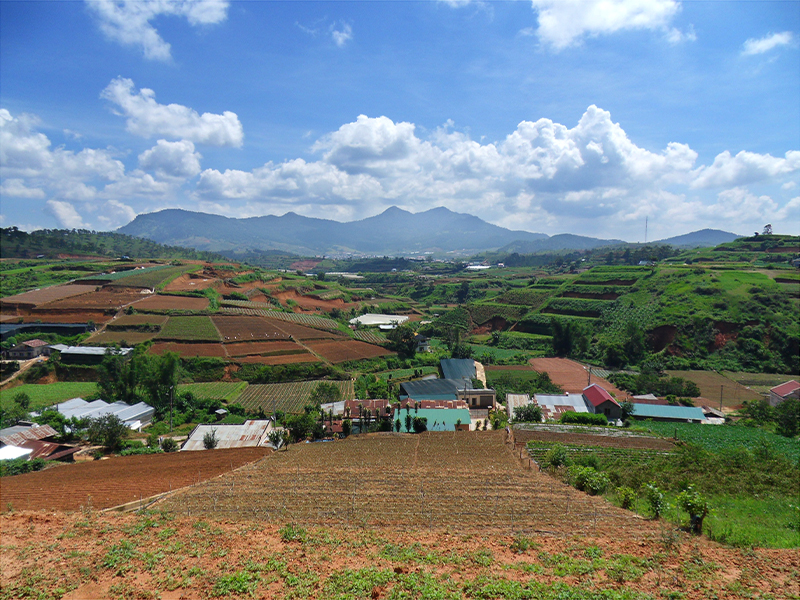 There were several excellent views from good vantage points alongside and near the roads. The demise of the jungle has opened up long views of sloping green hills, farmed valleys and the distant mountain range of Truong Son and the five volcanic peaks of Lang Bian Mountain that rise in height up to 2,400 metres. It was wonderful to get a full view again after the cloud of Sapa and the murky, misty air in the mountains of China.
There were several excellent views from good vantage points alongside and near the roads. The demise of the jungle has opened up long views of sloping green hills, farmed valleys and the distant mountain range of Truong Son and the five volcanic peaks of Lang Bian Mountain that rise in height up to 2,400 metres. It was wonderful to get a full view again after the cloud of Sapa and the murky, misty air in the mountains of China.
We stopped at many places to inspect the sorting and packaging of flowers before they were shipped off to market (enterprising farmers have cottoned on to the western traditions of flower giving on anniversaries such as Valentine’s Day), and we walked through rows upon rows of coffee bushes (though there was no processing machinery as yet). The lakes and rivers were all dammed to some extent both to provide power and to water the huge area of crops.
We had a late lunch next to the Elephant Waterfall where the brown waters of the river cascaded 40 metres down a rocky outcrop. The water fell with a roar before exploding into a mist that rose above the trees to give the impression that a fire was raging. We scrambled down the wet rock and squeezed through a narrow passage to get a close and wet view of the tumbling water from below. The latent power of a large waterfall is always one of nature’s most wonderful sights.
It is the start of the rainy season here and the clear morning sunshine faded and darkened to be replaced by menacing, foreboding cloud. The burst of rain was mercifully short, starting and finishing during the meal but dropping the air temperature several degrees
I took the opportunity to ask our guide, Joseph, about his experiences of the war with America. His father had been a Lieutenant in the South Vietnamese army working alongside the Americans. When the war ended, he was placed in a Re-education camp where he was forced to work building roads, clearing fields or whatever else his new masters determined. In the evenings, he was required to learn about the benefits of communism and regularly tested to see if he had absorbed the new philosophy. After eight years of living in this labour camp, he was released but ill health handicapped him from getting a decent job.
Joseph tried to escape Vietnam, getting on a boat bound for the Philippines but it was intercepted by the Vietnamese Navy and he was brought back to the mainland. He ‘only’ served eighteen months in the re-education Camp. When he got out, he was not allowed to continue his studies at university as that was considered subversive. He was forced to take on whatever jobs he could before finally becoming a tour guide. Interestingly, he had an uncle who lived in the north and when the family gets together and chats about the past, the general conclusion seems to be that capitalism or communism, it’s all the same: just different ways to be enslaved.
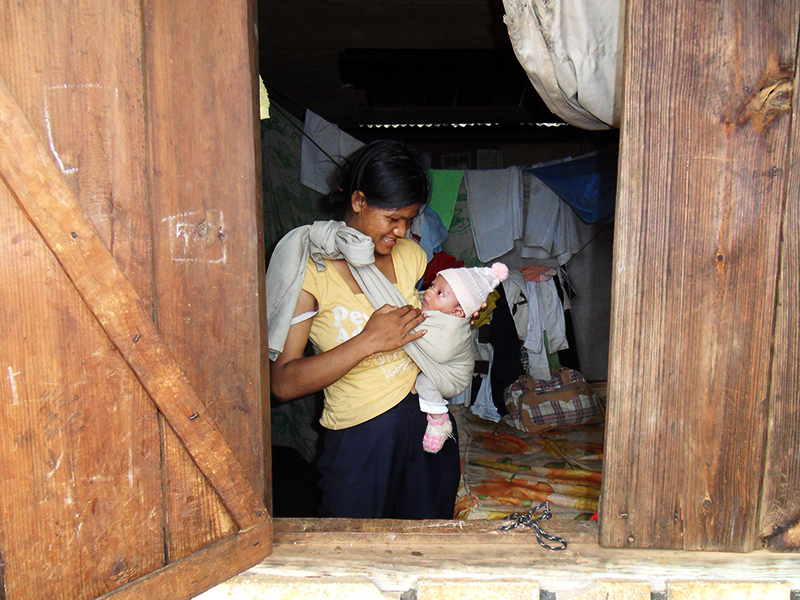 After our talk, we visited a minority village where the K’Ho people lived. In contrast to the rest of the region, these people were very poor. They lived in wooden houses built over walls of stone maybe 50cm high. Some of them owned a few chickens but, other than that, there were no other animals or fields to tend. It looked a real hand-to-mouth existence. All the houses had television that, according to Joseph, had been given to them free by the government. This was to enable the government to communicate propaganda into the homes of the poorest. The messages were about family planning, AIDS and women’s health.
After our talk, we visited a minority village where the K’Ho people lived. In contrast to the rest of the region, these people were very poor. They lived in wooden houses built over walls of stone maybe 50cm high. Some of them owned a few chickens but, other than that, there were no other animals or fields to tend. It looked a real hand-to-mouth existence. All the houses had television that, according to Joseph, had been given to them free by the government. This was to enable the government to communicate propaganda into the homes of the poorest. The messages were about family planning, AIDS and women’s health.
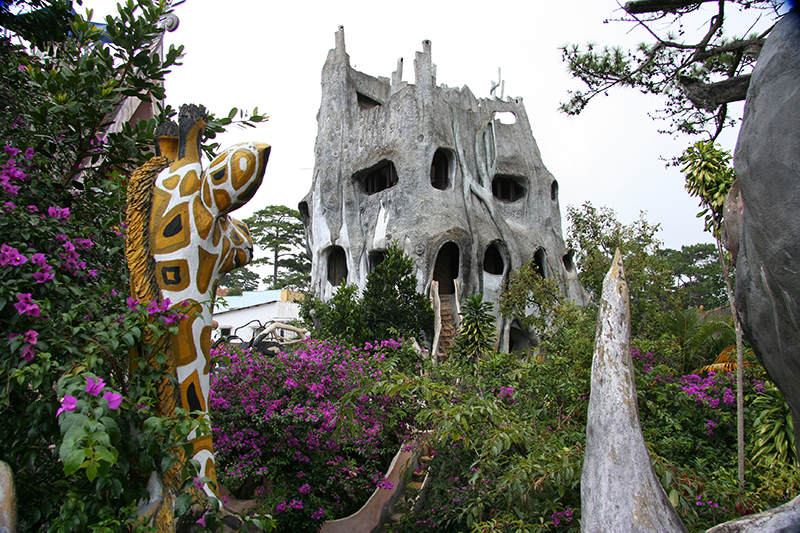 Our final stop was back in town at a place called Hang Nga Guesthouse and Art Gallery or ‘The Crazy House’, as the locals call it. It is listed as one of the top ten odd houses in the world. It was built, and still being added to, by a lady who is the daughter of one of the early Vietnam presidents. She studied architecture in Moscow but, obviously, did not take on board the lessons of soviet functionality and has attempted to design a house that, she claims, has free-flowing form. The design is pure Alice in Wonderland and we can look out through a bedroom at the top of a giraffe, get lost in a spider’s web or perch on top of a tiny bridge resembling a jungle vine. It’s shaped out of an enormous amount of concrete to give it a complex and ‘flowing’ structure that has no obvious form and only small rooms. It would be a great place for kids to play hide and seek as the staircases and connecting corridors do not lead in logical directions. Definitely not the sort of place that would be readily saleable and Dalat is definitely not the sort of place where we would expect to encounter such a building. But, oddly enough, it does fit in with the quirky, bohemian, contraire spirit of the town.
Our final stop was back in town at a place called Hang Nga Guesthouse and Art Gallery or ‘The Crazy House’, as the locals call it. It is listed as one of the top ten odd houses in the world. It was built, and still being added to, by a lady who is the daughter of one of the early Vietnam presidents. She studied architecture in Moscow but, obviously, did not take on board the lessons of soviet functionality and has attempted to design a house that, she claims, has free-flowing form. The design is pure Alice in Wonderland and we can look out through a bedroom at the top of a giraffe, get lost in a spider’s web or perch on top of a tiny bridge resembling a jungle vine. It’s shaped out of an enormous amount of concrete to give it a complex and ‘flowing’ structure that has no obvious form and only small rooms. It would be a great place for kids to play hide and seek as the staircases and connecting corridors do not lead in logical directions. Definitely not the sort of place that would be readily saleable and Dalat is definitely not the sort of place where we would expect to encounter such a building. But, oddly enough, it does fit in with the quirky, bohemian, contraire spirit of the town.
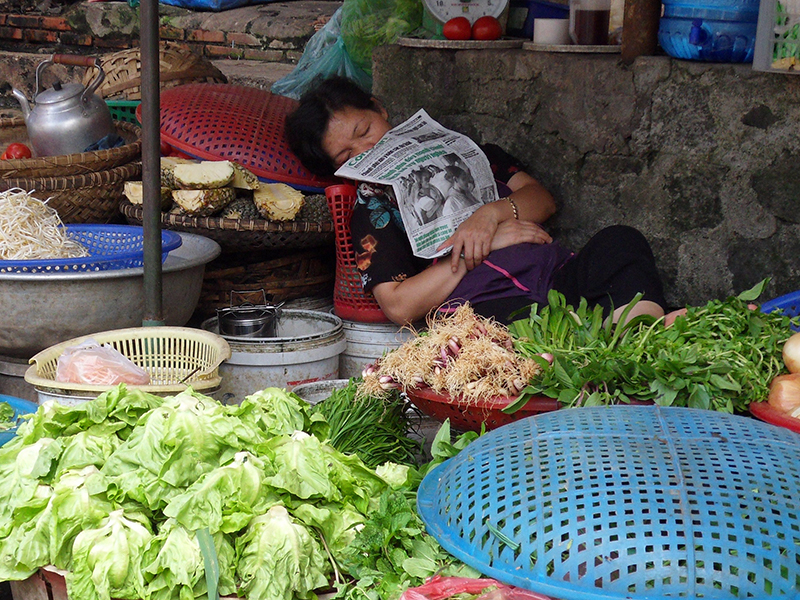 Dalat is definitely worth a visit, not just for its cool, fresh weather but also for its laid back and free spirited attitude to life. It’s popular too with the residents of Ho Chi Minh City (Saigon) who can come here for a weekend’s break from the stifling atmosphere of the city. Honeymooners congregate in the town looking for a quiet and relaxed start to a new life. Dalat soaks them all up, gives them a good time and looks forward to their next visit.
Dalat is definitely worth a visit, not just for its cool, fresh weather but also for its laid back and free spirited attitude to life. It’s popular too with the residents of Ho Chi Minh City (Saigon) who can come here for a weekend’s break from the stifling atmosphere of the city. Honeymooners congregate in the town looking for a quiet and relaxed start to a new life. Dalat soaks them all up, gives them a good time and looks forward to their next visit.

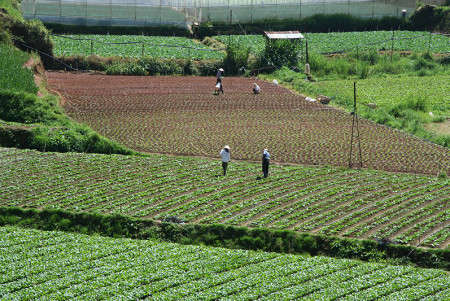
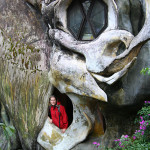
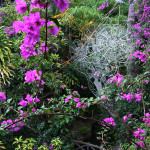
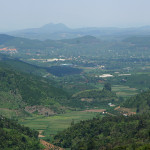
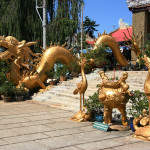
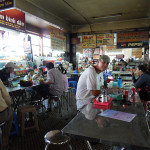
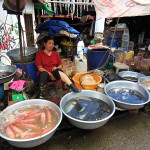
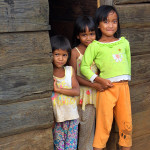
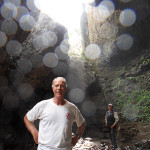
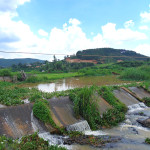
No comments yet.